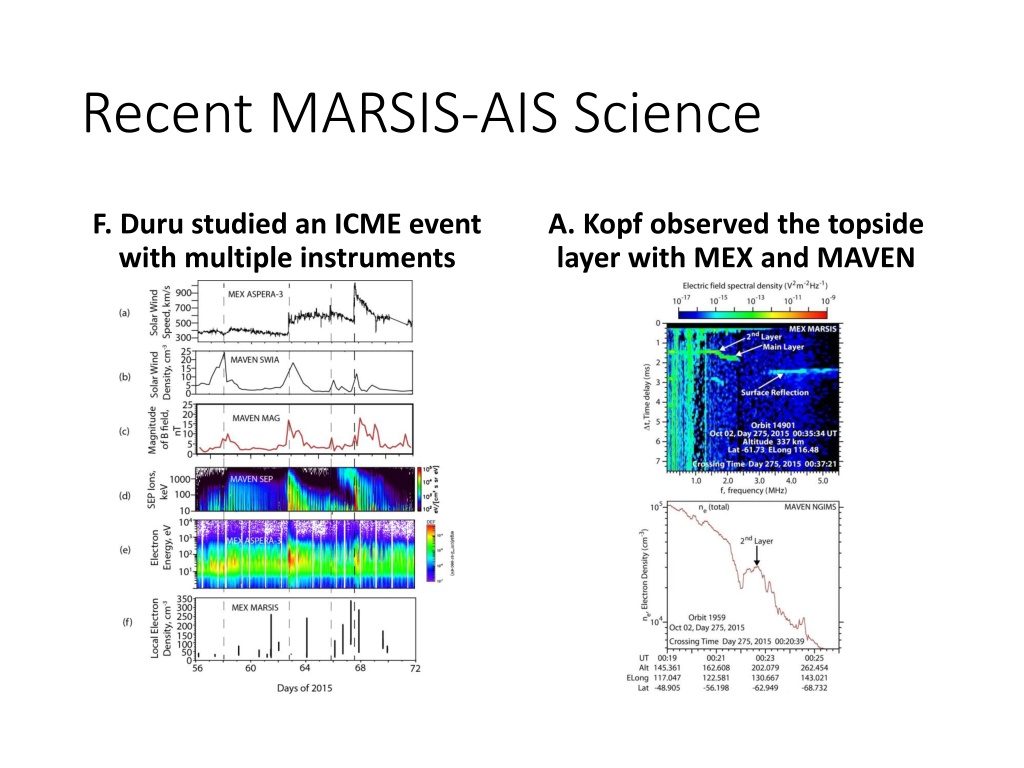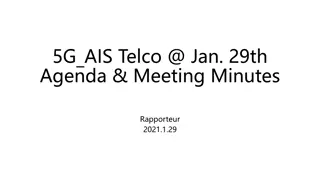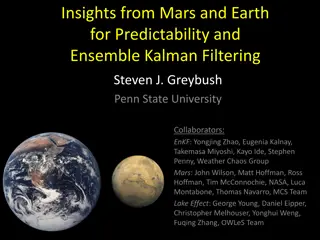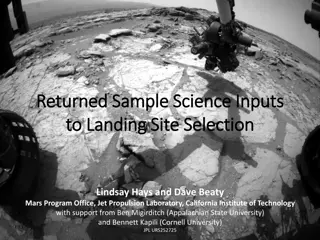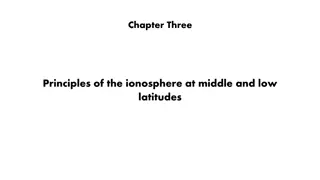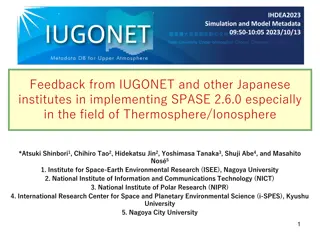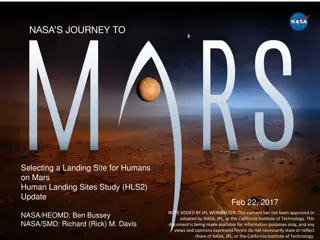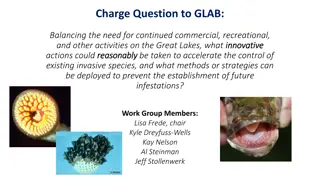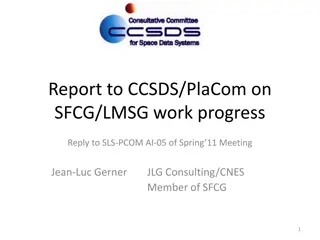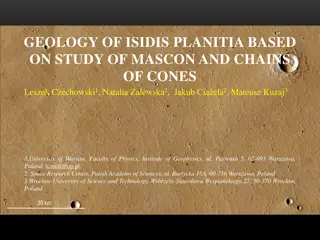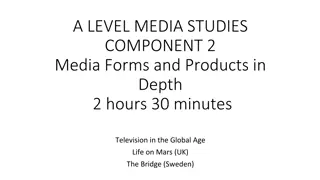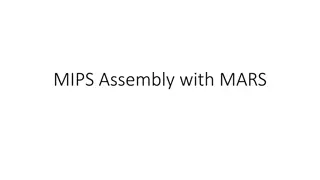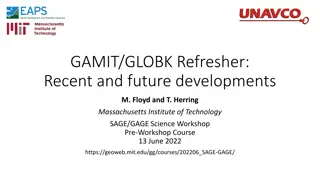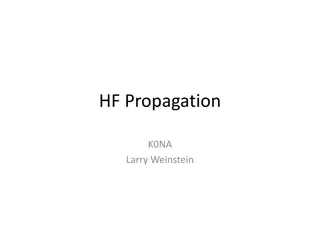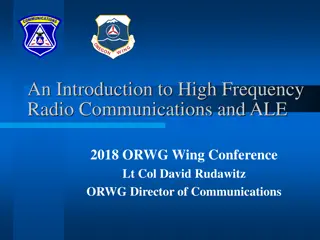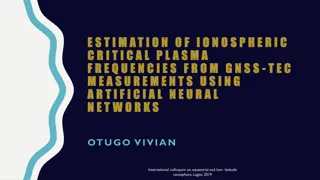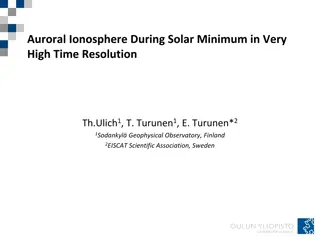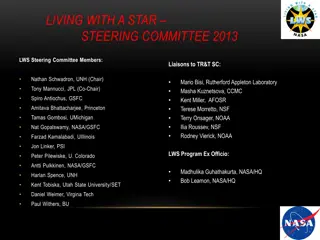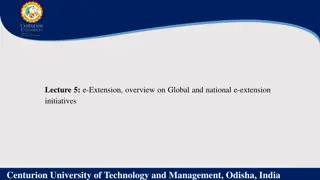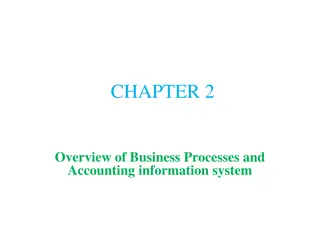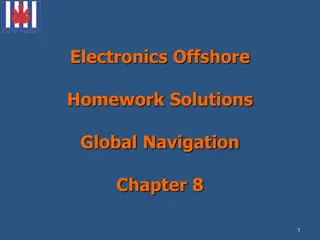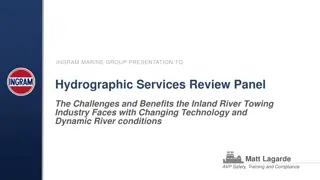Recent Insights into Mars Ionosphere Studies with MARSIS-AIS
Discover recent research on the Martian ionosphere conducted by scientists using various instruments such as MARSIS, MAVEN, and MarMCET. Explore studies on electron density profiles, ionospheric traces, and the timing issue correction of the AIS sounding cycle. Publications address improvements in accuracy and comparisons with radio occultations on Mars.
Download Presentation

Please find below an Image/Link to download the presentation.
The content on the website is provided AS IS for your information and personal use only. It may not be sold, licensed, or shared on other websites without obtaining consent from the author. Download presentation by click this link. If you encounter any issues during the download, it is possible that the publisher has removed the file from their server.
E N D
Presentation Transcript
Recent MARSIS-AIS Science F. Duru studied an ICME event with multiple instruments A. Kopf observed the topside layer with MEX and MAVEN
Recent MARSIS-AIS Science D. Morgan used MARSIS and MarMCET to constrain the night ionosphere and atmosphere F. Nemec worked to improve the accuracy of MARSIS electron density profiles
Recent MARSIS-AIS Science M. Vogt compared MARSIS profiles to radio occultations made by multiple spacecraft D. Andrews analyzed reflections from field-aligned irregularities
Recent MARSIS-AIS Publications Published Nemec, F., D.D. Morgan, and D.A. Gurnett (2016), On improving the accuracy of electron density profiles obtained at high altitudes by the ionospheric sounder on the Mars Express spacecraft, J. Geophys. Res. Space Physics, 121, doi:10.1002/2016JA023054. Vogt, M.F., P. Withers, K. Fallows, C.L. Flynn, D.J. Andrews, F. Duru, and D.D. Morgan, Electron densities in the ionosphere of Mars: A comparison of MARSIS and radio occultation measurements, J. Geophys. Res., 121, doi:10.1002/2016JA022987. Resubmitted following Review Kopf, A.J., D.A. Gurnett, G.A. DiBraccio, D.D. Morgan, and J.S. Halekas, The Transient Topside Layer and Associated Current Sheet in the Ionosphere of Mars, J. Geophys Res. Space Physics. Submitted, Under Review Duru, F., D.A. Gurnett, D.D. Morgan, J. Halekas, R.A. Frahm, R. Lundin, W. Dejong, C.Ertl, A. Venable, C. Wilkinson, J.E.P. Connerney, J.R. Espley, D. Larson, P.R. Mahaffey, J.D. Winningham, and J. Plaut, Response of the Martian ionosphere to a strong ICME on 8 March 2015 resulting in high ion escape rates, Planet. & Space Sci. Morgan, D.D., C. Dieval, D.A. Gurnett, R.J. Lillis, M.O. Fillingim, and F. Nemec, Constraining Mars nightside atmospheric properties with MARSIS ionospheric traces, Radio Science. Andrews, D.J., H.J. Opgenoorth, T. Leyser, S. Buchert, N.J.T. Edberg, D.D. Morgan, D.A. Gurnett, A.J. Kopf, K. Fallows, and P. Withers, MARSIS radar reflections from field-aligned irregularities in the Martian ionosphere, J. Geophys. Res. Space Physics.
MARSIS AIS Timing Issue The AIS sounding cycle consists of a sounding pulse followed by a blank period, followed then by 80 receive windows. The pulse is 91.4 s long, as is each window. The time between the end of the pulse and the start of the receive window was the erroneous interval. Originally believed that this interval was 162.5 s (253.9 s from pulse start time). It was discovered that this interval was too long by fitting spacecraft altitude with the apparent range of the surface reflection
MARSIS AIS Timing Correction 5845 surface reflection traces over 62 orbits were fit to study this error. MEX altitude was computed from SPICE radial distance from planet center, corrected with MOLA elevations. Fit yields time from start to receive is 167.443 s instead of 253.9 s. This yields an discrepancy in range of 12.96 0.25 km. This should be subtracted from apparent ranges, or added to altitudes so based.
